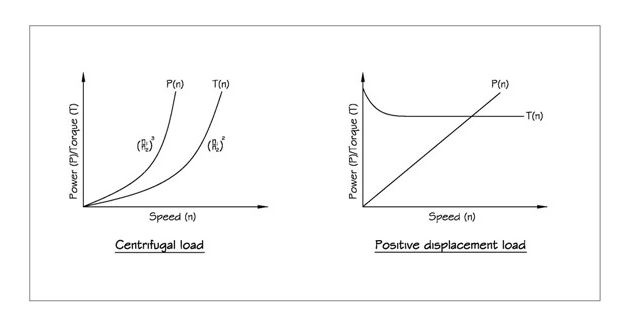- News and media
- About Atlas Copco
- Work with us
- Our complete offering
- Air compressor products, parts and service
- Air compressor industrial solutions
- Air dryers
- Air filters
- Air receivers and aftercoolers
- Gas compressors
- Gas generator
- Industrial condensate treatment solutions range
- Marine compressors
- Mobility compressors
- Oil-free air and nitrogen boosters
- Oil-free air blowers
- Process filters
- Process gas and air equipment
- Service and parts
- Used air compressors
- Vacuum pumps and abatement
- Industrial tools and solutions
- Air motors
- Assembly tools and solutions
- Articulated arms
- Controller floor stands & frames
- Customized solutions with Geared Front Attachment
- Electric assembly systems
- Electric assembly tools
- Error proofing solutions
- Fixtured assembly solutions
- Manual torque wrenches
- Mobile fixtured solutions
- Pneumatic assembly tools
- Quality assurance in tightening
- Torque reaction suspension & rail systems
- Workplace solutions & automation
- Workstation solutions
- Bolting solutions
- Drills
- Joining solutions
- Material removal tools
- Service
- 24/7 rental solutions
- Portable equipment
- Sustainable innovations virtual showroom
- Air compressor products, parts and service



Understanding Variable Frequency Drives, Part II
Download our free
and comprehensive
compressed air
manual
This week, we are continuing our series on understanding variable frequency drives and appropriate applications by discussing variable speed drives for rotary screw air compressors. If you missed Part I of the series, you can read it here: Understanding Variable Frequency Drives, Part I.
Variable speed drives (VSD) are used in applications to speed up and slow down an electric motor so that the output of the machine can match the demand of the system. Depending on the process, a variable speed drive will not only help a facility save money on their electric bill by running the process just enough to meet the demand, but it can also adjust the process to provide just-in-time delivery of products to the other parts of the plant. In compressed air systems, holding the pressure supplied to the plant at a steady lower pressure set point rather than using a fixed speed compressor’s pressure band will reduce the amount of air lost in leaks.
How do VSDs save energy?
The majority of VSDs are used to control pumps or fans and save energy by running the pump or fan at the proper speed to match the demand. Because the torque and power curves of these applications follow what is referred to as a variable torque curve, tremendous energy savings can be realized by using a VSD. For example, a centrifugal pump application where the speed of the motor is slowed to 80 percent of full load RPM can result in energy usage (BHP) that is 51.2 percent of full load energy usage. This exponential energy savings makes purchasing a drive worth the initial investment in this type of application.
It is important to note that the majority of variable speed drives sold are for variable torque applications due to the amount of savings that can be realized when using a VSD in this application.
Drives for Positive Displacement versus Centrifugal Compressors
In the compressed air industry, variable torque loads are found on centrifugal air compressors and linear torque curves are found on positive displacement rotary screw air compressors.
As seen in the chart above, the rotary screw compressors have a flat torque curve along the full RPM range, which is much different than the torque curve of the centrifugal compressors. If a drive designed for a variable torque application is used in a linear torque application, the drive will not be able to provide sufficient torque in the lower RPM range. Misapplying a drive for any given application will shorten the life of the motor and the drive in the compressor.
A Drive Designed Specifically for Oil-Injected Rotary Screw Compressors
In 2014, Atlas Copco’s GA37-90kW VSD series of compressors started using the first drive designed specifically for oil-injected rotary screw air compressors. Until the launch of the Atlas Copco Neos drive, oil-injected screw compressors used drives originally designed for other applications. Learn more about Atlas Copco’s Neos drive by checking out the following articles, or simply fill out our Request a Quote form and an Atlas Copco representative will be in touch with you shortly.






